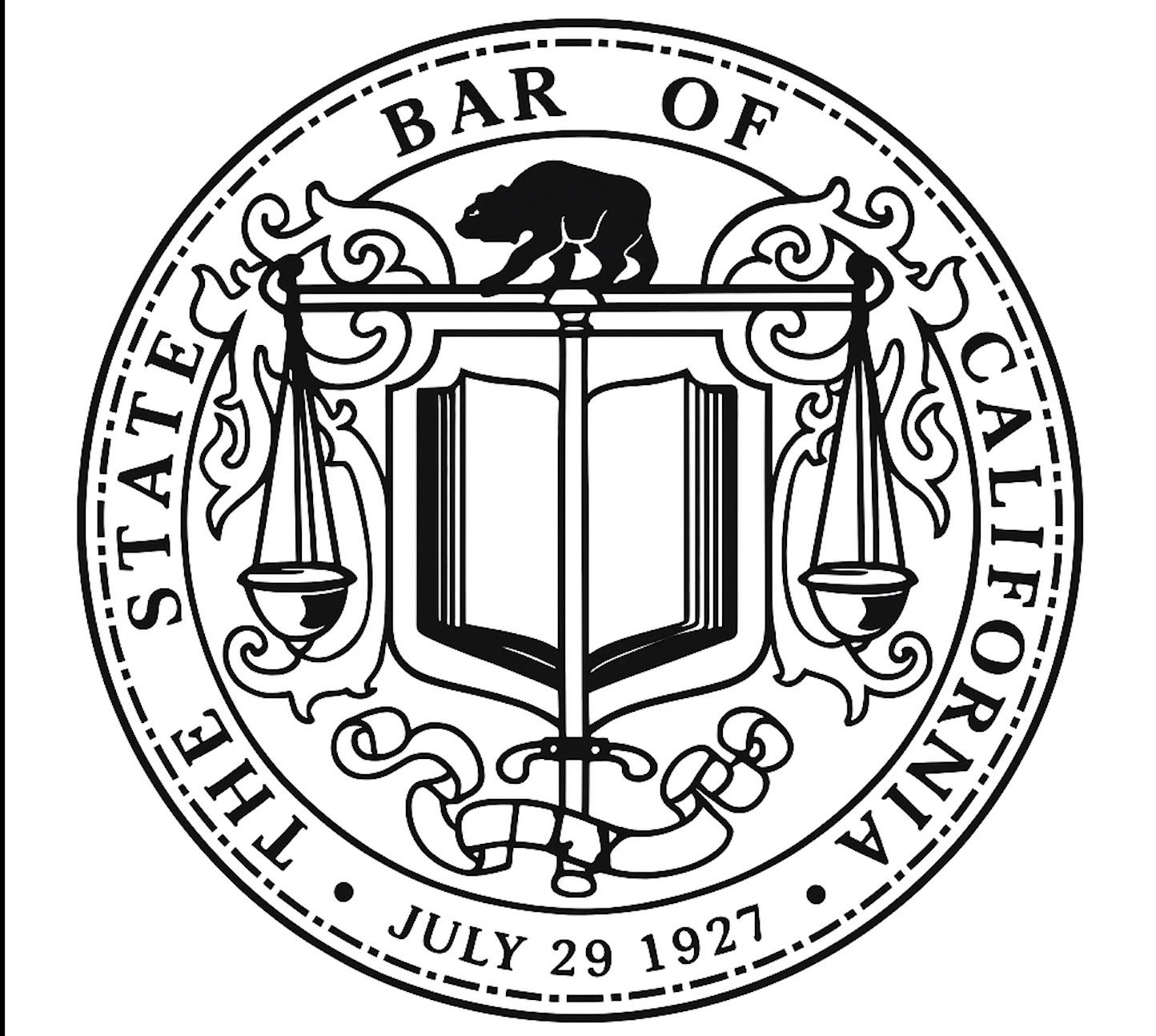Fenced In or Breaking Boundaries? Decoding California Fence Laws
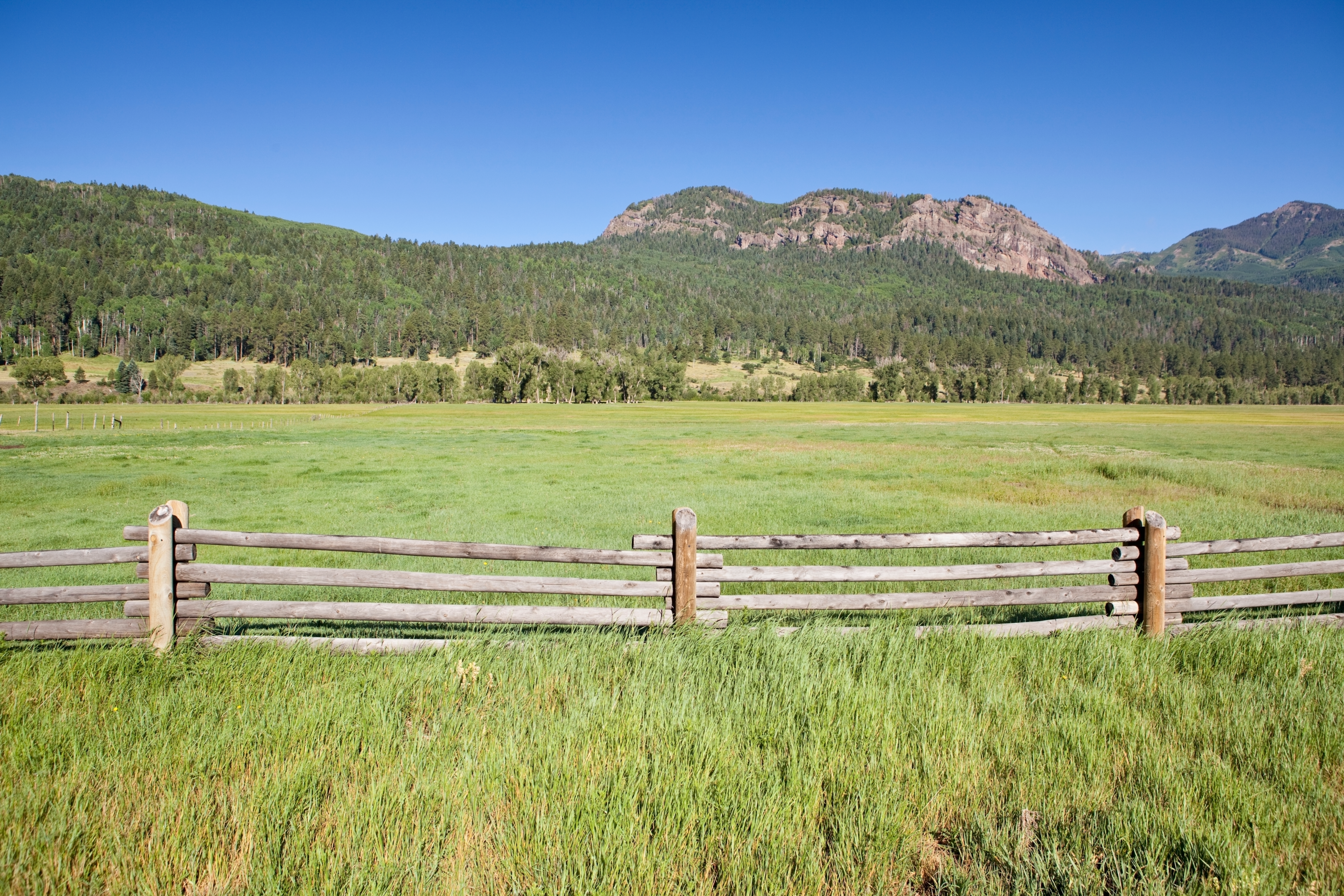
In California, where property boundaries often intersect, fences serve a crucial role in defining boundary lines and protecting individual properties. Understanding the complexities of California’s fence laws, including the Good Neighbor Fence Act (GNFA) and regulations related to spite fences, is essential for homeowners and neighboring landowners alike. This article aims to provide valuable insights into the legal aspects surrounding fences, property lines, shared responsibilities, and resolving fence disputes.
Understanding CA Fence Law
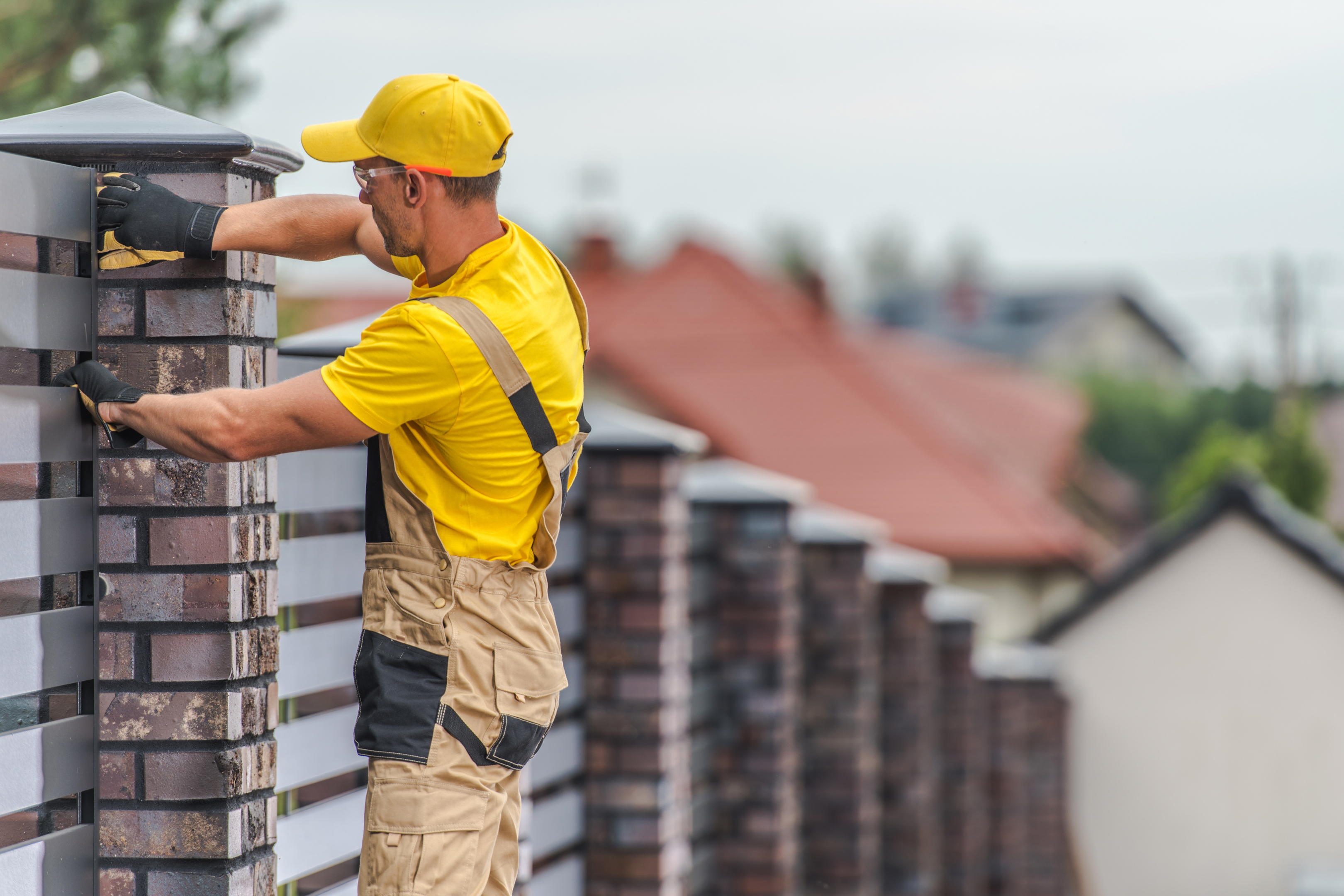
California law recognizes the importance of maintaining amicable relationships between neighboring property owners. The GNFA emphasizes the equal responsibility of neighboring landowners for building, maintaining, and repairing fences that divide their properties. Promoting cooperation and ensuring equitable sharing of construction costs lies at the heart of California’s fence law.
Spite fences, defined as height maliciously erected fences that might harm neighbors, are strictly regulated under California law. The California Civil Code prohibits the construction of such fences, as they can create a private nuisance or nuisances and negatively impact the quality of neighboring properties. Property owners should be aware of these regulations to avoid potential legal consequences.
Property Lines and Neighboring Landowners:

Defining property lines accurately is vital when installing fences. Property owners must consult official records or conduct land surveys to determine the exact boundaries. By understanding their property lines, owners can ensure that their fence installations do not encroach upon neighboring properties and avoid potential conflicts with neighboring landowners.
Shared Responsibilities and Equal Benefits:

The GNFA establishes the principle of equal responsibility for maintaining boundary fences. Neighboring landowners share the cost of building, repairing, and maintaining these fences, regardless of which side of the property line they are on. This law aims to promote fairness and encourage cooperative relationships between neighbors. Fence disputes can arise due to various reasons, such as disagreements over the costs of construction maintenance, maintenance, or aesthetics. When such conflicts occur, it is crucial to approach them with open communication and a willingness to find a mutually satisfactory solution. Neighboring landowners should engage in constructive dialogue, explore options for mediation, and, if necessary, seek legal guidance to resolve disputes in accordance with California law.
The Good Neighbor Fence Letter:

In California, the GNFA requires a written agreement, known as a Good Neighbor Fence letter, between neighboring landowners before commencing fence construction. This letter outlines the shared responsibilities, including costs and maintenance of new fence, and helps prevent future disputes by establishing a clear understanding between the parties involved.
Boundary Fences and Adjoining Property Owners:

Boundary fences, also known as division fences, are erected on property lines to separate adjoining properties. California law recognizes that both property owners benefit from a well-maintained boundary fence and, therefore, share equal responsibility for its upkeep. This principle ensures fairness and encourages cooperation between neighbors.
Navigating Fence Disputes and Legal Actions:
In some instances, fence disputes may escalate, requiring legal intervention. Property owners should familiarize themselves with California’s legal options for resolving fence-related conflicts, such as mediation or legal actions, to protect their property rights and find equitable solutions.
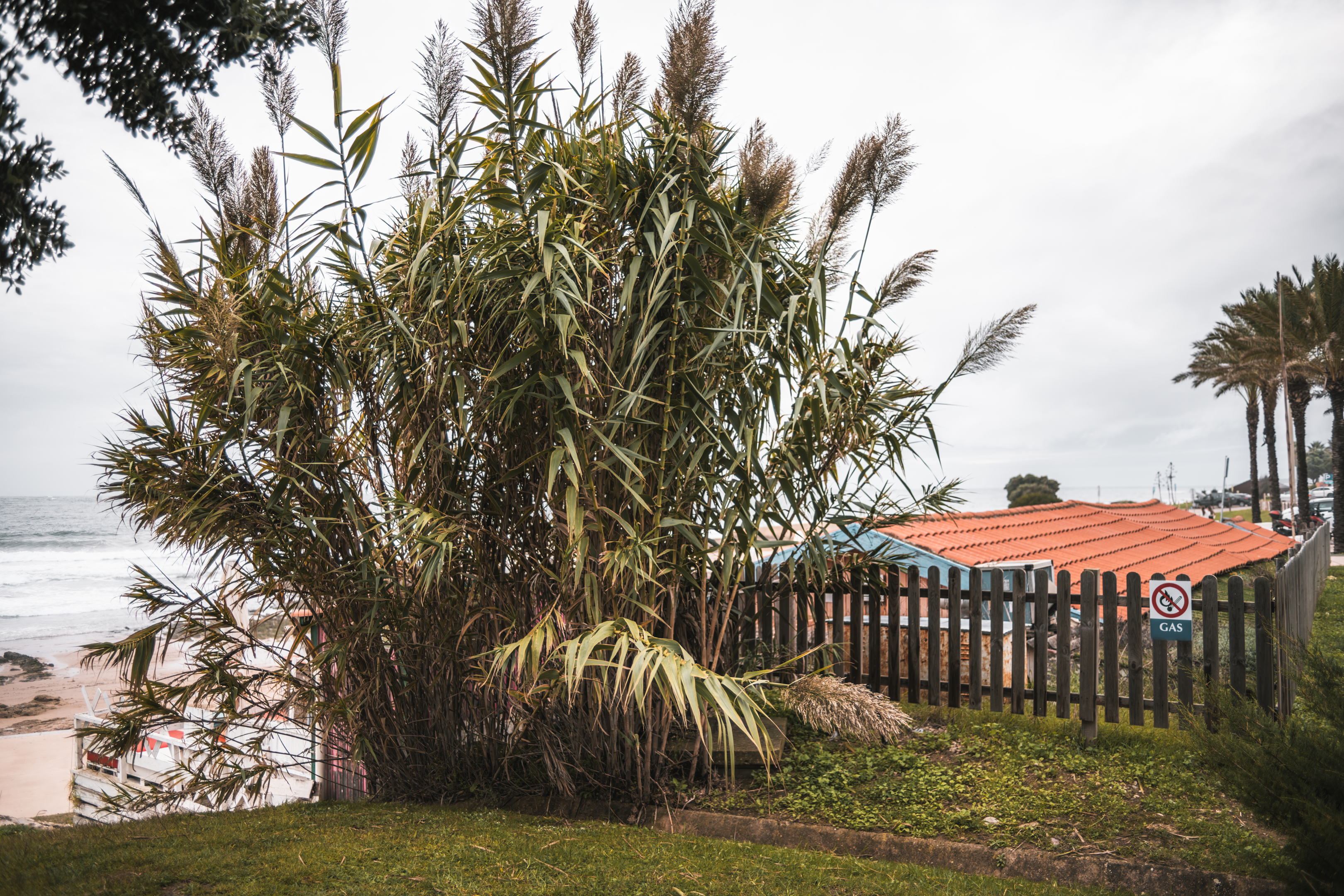
FAQs on California Fence Laws
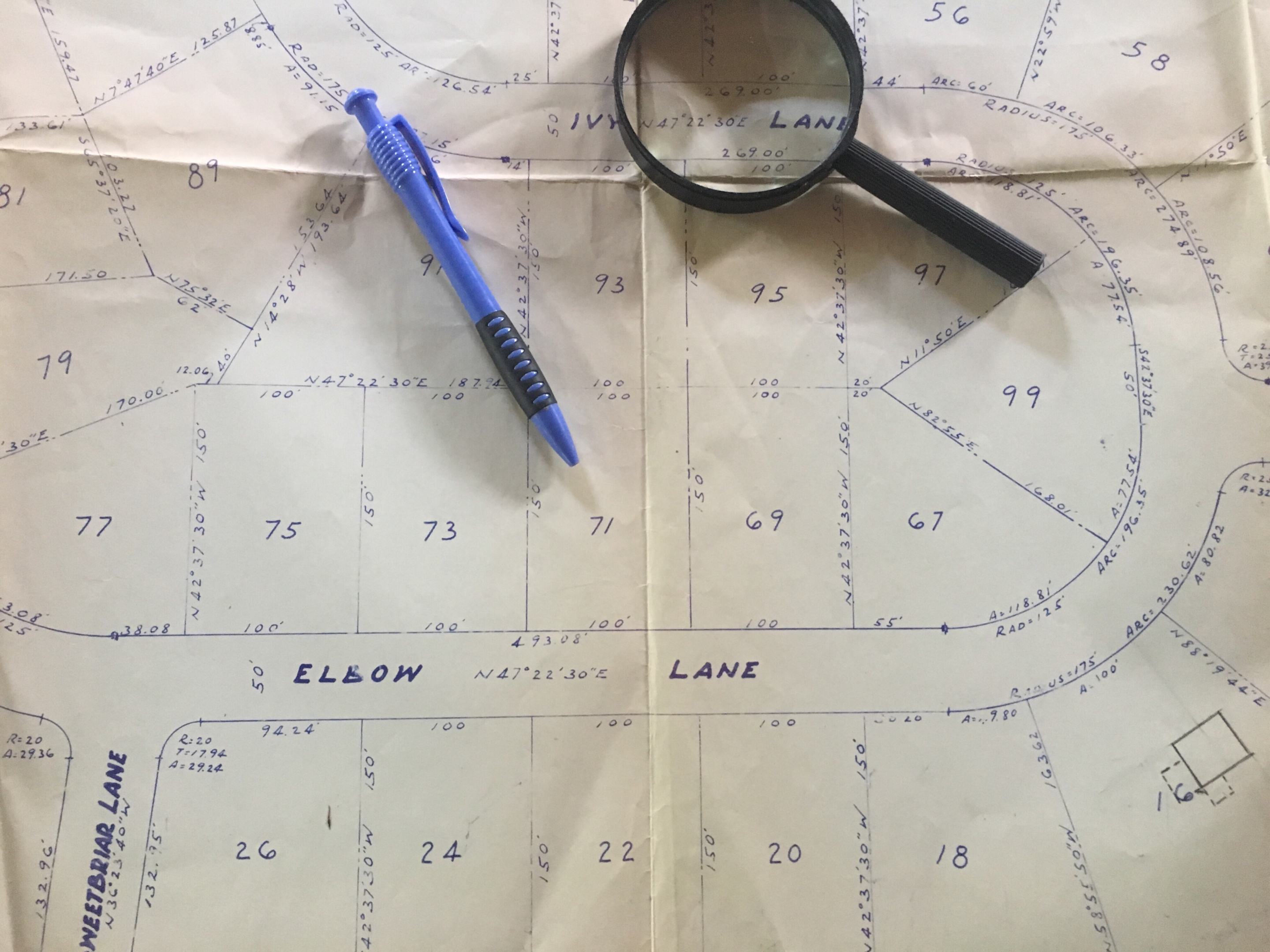
What is a spite fence, and how does California law regulate it?
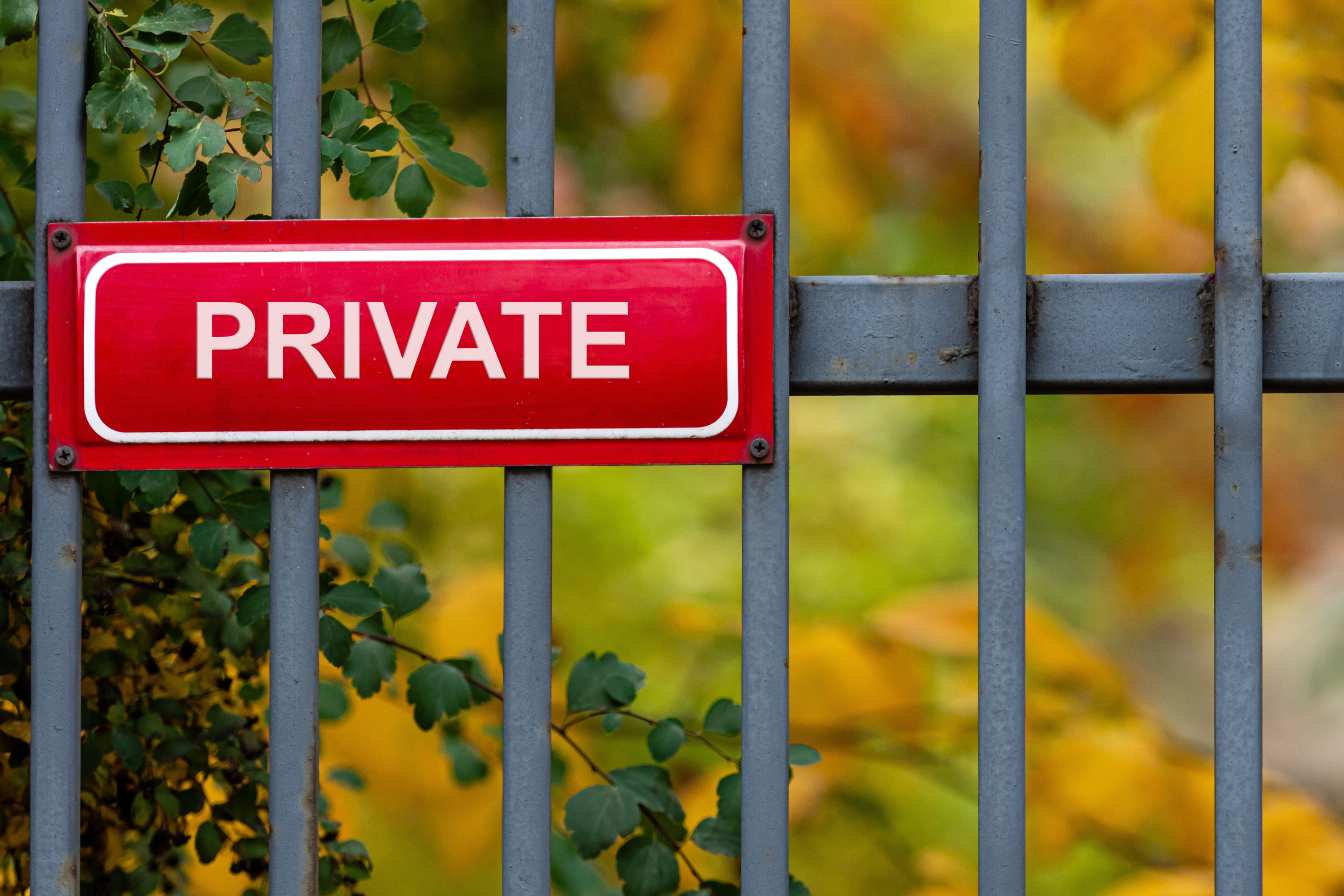
A spite fence is a fence erected with the intention of annoying or harming neighbors. California law strictly regulates the spite fence law and fences and prohibits their construction. They are considered private nuisances and can lead to legal consequences for the property owner.
What is the Good Neighbor Fence Act, and how does it impact neighboring landowners in California?

The Good Neighbor Fence Act in California establishes the principle of equal responsibility for building, maintaining, and repairing boundary fences between neighboring landowners. It promotes cooperation and fairness by ensuring that costs and responsibilities of fence ownership are shared equally.
How can property owners accurately determine their property lines before installing a fence?
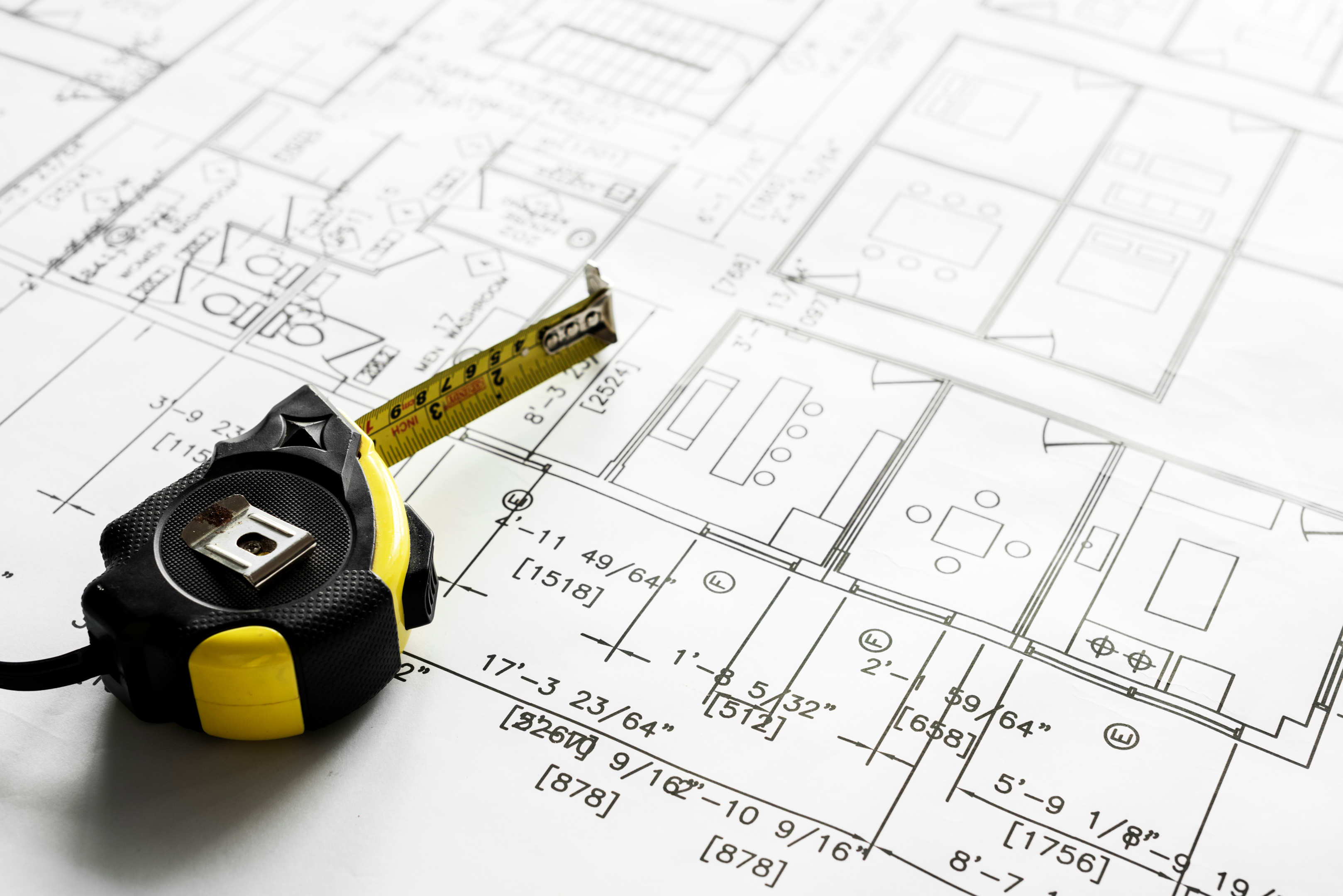
Property owners can determine their property lines by consulting official records or conducting land surveys. These methods provide accurate information about the exact boundaries of their properties and help prevent potential conflicts with neighbors.
What are the shared responsibilities of neighboring landowners when it comes to maintaining a boundary fence?
Neighboring landowners in California share equal responsibilities for maintaining boundary fences. They are jointly and equally responsible for the costs of building, repairing, and maintaining the fence, regardless of which side of the property line it is located on. This includes front yard fence and the pool fence.
What should I do if I have a dispute with my neighbor regarding a fence?
If you have a dispute with your neighbor regarding a fence, maintenance or necessary replacement it is advisable to engage in open communication and attempt to resolve the issue amicably. If a resolution cannot be reached, mediation or legal actions may be necessary to protect your rights and find a fair solution.
Is there a specific agreement required between neighboring landowners before constructing a fence in California?
Yes, California’s Good Neighbor Fence Act requires a written agreement known as a Good Neighbor Fence letter between neighboring landowners before commencing fence construction. This agreement outlines shared responsibilities, including costs and maintenance of shared fence, and helps prevent future disputes.
Are there any regulations on the height or design of fences in California?
Yes, California has regulations on the height and design of fences, particularly for front and side yards. These regulations aim to maintain neighborhood aesthetics and safety. It is important to review local guidelines to ensure compliance with specific limitations.
How can mediation help in resolving fence-related disputes between neighbors?
Mediation can be a useful tool in resolving fence-related disputes by providing a neutral and structured environment for discussions. Mediators help facilitate communication, identify common interests, and assist in finding mutually agreeable solutions, ultimately fostering positive relationships between neighbors.
What legal actions can property owners take to protect their rights in fence disputes?
In more severe cases of fence disputes, property owners can seek legal actions such as filing a lawsuit or pursuing injunctions to protect their property rights. Consulting with an attorney experienced in property law is advisable to understand the best course of action.
Can property owners remove or modify an existing fence without their neighbor’s consent?
Generally, property owners should obtain their neighbor’s consent before removing or any fence installation project modifying an existing fence. It is important to respect property boundaries and engage in open communication to avoid potential disputes or legal issues.
How can property owners ensure that their fence installations comply with California’s Good Neighbor Fence Act?
To ensure compliance with the Good Neighbor Fence Act, property owners should follow the guidelines outlined in the act. This includes sharing the maintenance costs involved more equally, obtaining the necessary written agreement (Good Neighbor Fence letter), and adhering to any additional local regulations.
Are there any guidelines or restrictions on the materials that can be used for fences in California?
California may have guidelines or restrictions on the materials used for fences, particularly concerning design and aesthetics. Property owners should review local regulations to ensure compliance with material restrictions.
What should property owners do if they suspect their neighbor’s fence encroaches on their property?
If property owners suspect their neighbor’s fence encroaches on their property, they should first communicate with their neighbor to address the issue. If a resolution cannot be reached, consulting with a property attorney and potentially conducting a land survey may be necessary to resolve the replacement of the fence encroachment dispute.
Can homeowners associations (HOAs) impose additional regulations on fence laws in California?
Yes, homeowners associations (HOAs) can impose additional regulations on fences within their communities. Property owners should review their HOA bylaws and guidelines to understand any specific rules or restrictions that may apply to fence installations.
How can property owners balance privacy concerns with environmental considerations when choosing fencing materials?
Property owners can balance privacy concerns with environmental considerations by opting for sustainable and eco-friendly fencing materials. Materials like bamboo or recycled materials offer a greener alternative while still providing privacy and security. Researching environmentally friendly options and consulting with fencing professionals can help property owners make informed choices.












